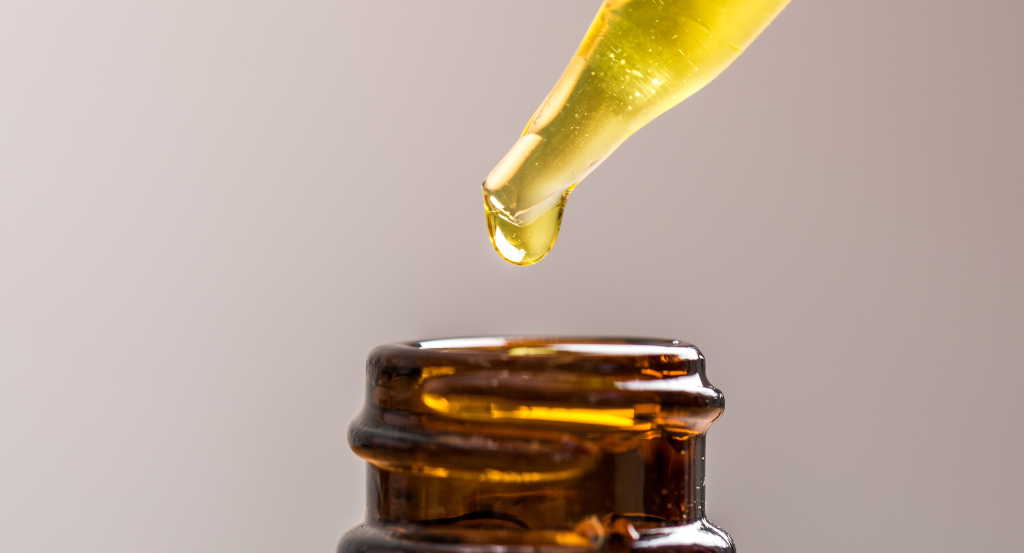
Measuring trace oxygen is useful for fine-tuning THC levels in CBD oils while minimizing the terpenes in the distillate.
THC in CBD Oils
Cannabidiol (CBD) and tetrahydrocannabinol (THC) are two of the more than 400 natural compounds found in cannabis or hemp plants. While each compound has different properties, the two of interest to the medical and pharmaceutical industries are CBD and THC.
- CBD is a legally-purchased product that occurs naturally in all cannabis plants. While it is chemically similar to THC, it does not produce the “high” that occurs with THC. CBD has been approved by the FDA for prescription medications, and is increasingly offered over the counter in consumable or topical form to help with various conditions including inflammation, pain, depression anxiety and more.
- THC is the compound that creates the “high” typically associated with smoking or ingesting marijuana. While proponents claim THC offers many of the same medical benefits as CBD, it is a Schedule 1 federally-controlled substance, and therefore illegal to grow or consume.
Although hemp and cannabis plants are the same species, the law describes them differently. The term “hemp” describes a plant that contains less than 0.3 percent THC. As a result, legally grown hemp plants can be processed to create and sell products with CBD added. In states where marijuana is legal, both THC and CBD oils and products can be produced from either hemp or cannabis plants.
In other words, the amount of THC in CBD oils and products is critical. CBD can contain no more than 0.3 percent THC. Depending on the final product, it may contain even less.
CBD Oil Extraction
CBD oils can be extracted by distillation from hemp or cannabis plants. Hemp plants are most often used because they generally contain more CBD, contain less THC, and are legal to grow in most states.
With the growth of the CBD oil industry, the extraction process has moved from small-batch benchtop processing to an industrial-grade pharmaceutical process.
The process begins by grinding the plant material. To make this process more efficient, liquid nitrogen may be used to cryogenically freeze the hemp prior to grinding. This insures the liquids and oils released during grinding do not foul the machinery. To protect workers around liquid nitrogen, oxygen depletion safety alarms are used.
Once the plants are ground, CBD oil extraction involves mixing the plant material and a solvent that separates the oil from the plant fibers. Carbon dioxide, high pressure steam, ethanol, butane, propane, natural oils and more can be used as solvents.
Each extraction and distillation process has their pros and cons. However, the process currently considered the most efficient (and most expensive) is liquid CO2 extraction. Not only does it remove all the CBD oil, but because CO2 is natural it adds no toxic residues that must be removed later in the process.
Our engineers have worked with CBD oil extractors, both to monitor CO2 levels as well as provide bulk CO2 storage safety alarms to protect workers during the process.
Regardless of the process used to extract the CBD oil, a final process called winterization is required. Winterization removed the fats, waxes and lipids from the CBD oil before it is ready to be bottled and shipped.
Controlling the THC levels in CBD Oil
By law, CBD oil cannot contain more than 0.3 percent THC. To fine-tune the THC level, oxygen could be added to the CBD oil under pressure to lower the THC. The tradeoff is that too much oxygen increases terpenes, long-chain hydrocarbons that degrade the CBD and increase the “smell.” By controlling the oxygen level during distillation you can fine-tune both levels of THC and terpenes.
Because the oxygen level must be accurately controlled during CBD oil extraction and distillation, GasLab has worked with customers using the TecMicro Oxygen Sensors. The advantage of these sensors are their ability to measure oxygen levels down to 0 ppb (parts per billion) in oils at a wide range of temperatures and pressures.
Photo by Shopify Partners from Burst








